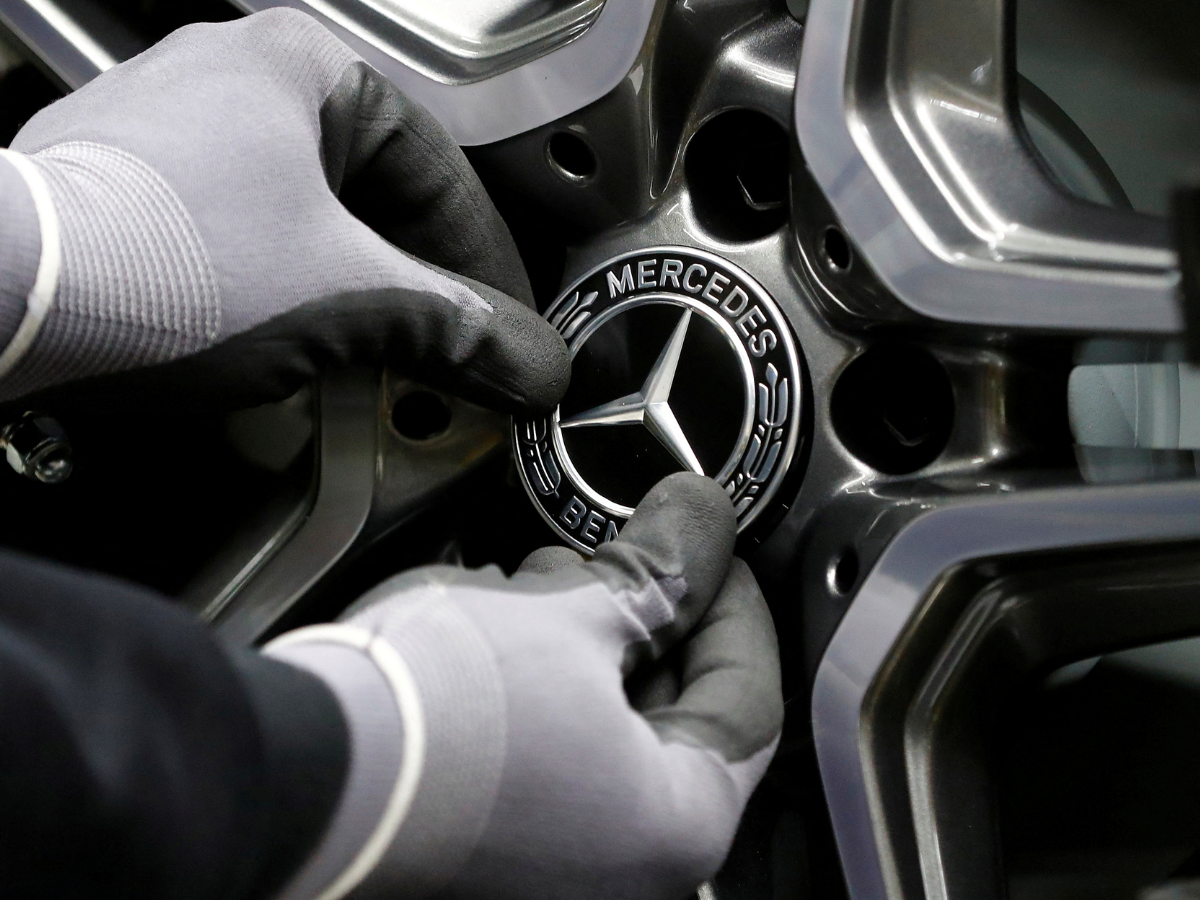
Backseat driver! The term James Bond had said in ‘Tomorrow Never Dies’ seems to have been taken literally by luxury car owners in India.
Premium car makers are increasingly choosing to do backseat driving for customers who own their brands but prefer to be driven. As they choose to be stationed on the rear seats of their cars, the features on offer ooze luxury and more. From champagne chillers to reclining seats that offer shiatsu massage, to rear seat remote control which can control almost anything in the car to touch-command control console for both infotainment and comfort functions, mood lighting as well as seats that offer therapeutic massages, car makers are making every effort to provide a true luxury-on-wheels experience to their well-heeled customers.
Manufacturers like BMW, Mercedes, Lexus and Audi are enhancing luxury features regularly, a far cry from luxury SUV owners who prefer self-driven vehicles, notwithstanding the pleasures of off-roading.
The all-new BMW 7 Series and BMW i7 have introduced the rear seat entertainment experience with a 31.3-inch touch screen which turns the car into a mobile home cinema where the window blinds and panorama glass roof close automatically. It’s the first manufacturer to integrate Amazon Fire TV (with high speed data links) and offer the Bowers & Wilkins surround sound system for a concert hall level audio experience. Equally extraordinary is the panoramic glass roof, which is around 40% larger than in the outgoing BMW 7 Series, said Jean-Philippe Parain, Senior Vice President, Asia-Pacific, Eastern Europe, Middle East and Africa, for the BMW Group, who in his recent visits to Mumbai noticed most luxury cars were chauffeur-driven.
The premier pricing bracket from Rs 1.7 crore to Rs 2.6 crore includes its flagship models like BMW 7 Series, BMW i7, BMW X7, BMW 8 Series, the XM. A luxury class customer will always have high expectations from the rear seat experience, said Philipe.
TURN HEADER
‘Back Seat as Mobile Office’
Naveen Soni, president of luxury brand Lexus, said a luxury car customer is more “a sedate customer who likes to be driven around. We stay as a mute spectator, study the customers’ lifestyle patterns and incorporate their needs for rear seat comfort,” said Soni. With features like sound insulation, often customers are able to convert the backseat of our luxury van into a mobile office, added Soni.
There is a clear preference among customers for rear seat comfort. For instance, even in the S-Class, “we are witnessing customers preferring the rear seat comfort and luxury during the weekday travel within the city, whereas taking over the driver’s seat during weekend trips with families out of the city,” said Santosh Iyer, MD, Mercedes Benz India.
The Mercedes-Maybach takes rear seat comfort to the next level as it factors the information about sleep quality and stress level into its intelligent algorithm, said Iyer.
Audi does not compromise on the comfort of its customers in the second-row seating position. The Audi A8L offers a ‘first-class’ cabin experience with features such as executive rear seats that have recliner capabilities, ventilation and massage functions, heated foot massage and a rear seat entertainment system. The rear seat remote transforms into a phone when placed in the Audi Phone box cradle.
Luxury car customers spend a lot of time in the rear. After a busy day, the promise of unwinding in their car makes them look for a rewarding rear-seat experience as that is where they spend most of their time on road, say car makers.
India and China are the only markets where a lot more of the long wheel versions are sold and Indian manufacturers see to it that they offer comfort and functionality in the rear seat.
Sales of luxury passenger vehicles grew faster than the broader market last year, nearing the pre-pandemic peak, on the back of a quick economic revival.
Within the luxury segment, too, demand strengthened for pricier vehicles, or models priced above Rs 1 crore.
According to industry estimates, about 37,000-38,000 luxury vehicles were sold in India in 2022, an increase of around 50% from the year before, just shy of the all-time high of around 40,000 units in 2018.
Also Read:
